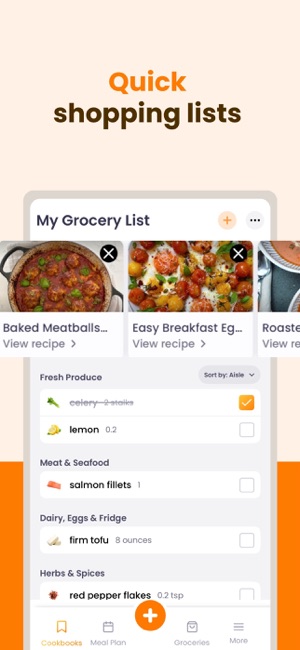I want to declare from the get-go that I am not the most accomplished chef. However, I do love the creative process of cooking and gathering people together at a table. I have a very clear memory of my first cookbook. I was just 10 years old when I received it, and I can still picture the vibrant image of that upside-down pineapple cake with its perfectly arranged rings. That single recipe sparked a lifelong relationship with cookbooks that continues to evolve in our digital age.
Over the decades, certain cookbooks have marked pivotal moments in my culinary journey. Stephanie Alexander’s The Cooks Companion revolutionised my approach to ingredients, while Donna Hay’s distinctive style transformed how I thought about food presentation. These weren’t just instruction manuals – they were gateways to new worlds of taste and technique.
My collection has grown to include cherished restaurant cookbooks: David Thompson’s transformative Thai Food and Benjamin Cooper’s Chin Chin, and most recently, Ester’s cookbook from that wonderful Chippendale restaurant with a waitlist (Ester: Australian Cooking). These volumes serve as travelogues, conjuring memories of exceptional meals while allowing me to recreate those experiences at home.
Perhaps most precious are the handwritten recipes passed down through generations. My Aunty Cath’s Christmas cake recipe, scribbled on yellowed paper with an outdated phone number and specific notes about her preferred dried fruits, carries more than instructions – it preserves her voice, her preferences, her legacy and the gift she gave my father, her brother, every year. Each splash and fingerprint tells the story of countless holiday gatherings.
Yet in today’s world, we live with a certain duplicity in our relationship with recipes. The internet places millions of cooking instructions at our fingertips, making us question the very need for physical cookbooks. Why dedicate precious shelf space when every recipe imaginable awaits online?
My kitchen journal has become something of a compromise – a place to record dinner party menus and guests, keep at hand basic go-to recipes, and keep track of seasonal favourites. It’s where I keep track of which dishes worked and those that didn’t, preserving not just how to make something but the memories created around the table.
However, navigating between traditional cookbooks, handwritten notes, and digital recipes presents its challenges. Finding that perfect scone recipe might mean flipping through dog-eared pages, deciphering faded handwriting or scrolling through bookmarked websites.
I’ve been through a few ways of keeping recipes in order on my phone – through folders in the iOS: the Notes app and Evernote, and then I discovered ReciMe, an app founded by two sisters in Melbourne that is now taking the world by storm. It is a pleasure to use and cook with. Unlike other digital recipe platforms, ReciMe offers an interface that doesn’t vanish or time out while you’re in the middle of cooking – no more frantically tapping a screen with flour-covered fingers to wake it up.
ReciMe has a clear and visually appealing design, separating ingredients from method, guiding you through each step individually – ideal for those of us prone to reading ahead or losing our place. You can organise recipes into custom collections – I’ve created separate cookbooks for Christmas specialties, main courses, starters and more.
Beyond organisation, ReciMe allows you to rate recipes, add notes, modifications, adjust the servings to automatically adjust the ingredients, and share them either as PDFs for friends not using the app or directly to fellow ReciMe users. Its search function helps locate specific recipes instantly, while the grocery list feature automatically compiles ingredients from as many recipes you highlight – AND organises it in supermarket aisle sections. Genius!
While a free version is available, I opted for the Premium subscription at approximately $50 annually – a worthwhile investment for the amount of time I use it. It doesn’t replace the emotional connection of my aunt’s handwritten recipe cards or the pleasure of paging through a beautiful cookbook, but it offers something equally valuable.
Perhaps the richest culinary life exists at this intersection – where dog-eared pages meet digital innovation, where grandmother’s notecards inspire tomorrow’s dinner party, captured both in memory and in pixels. Our relationship with food has always been about connection, and now we have more ways than ever to preserve and share the dishes that enrich our tables and our lives.
Julie Ward




